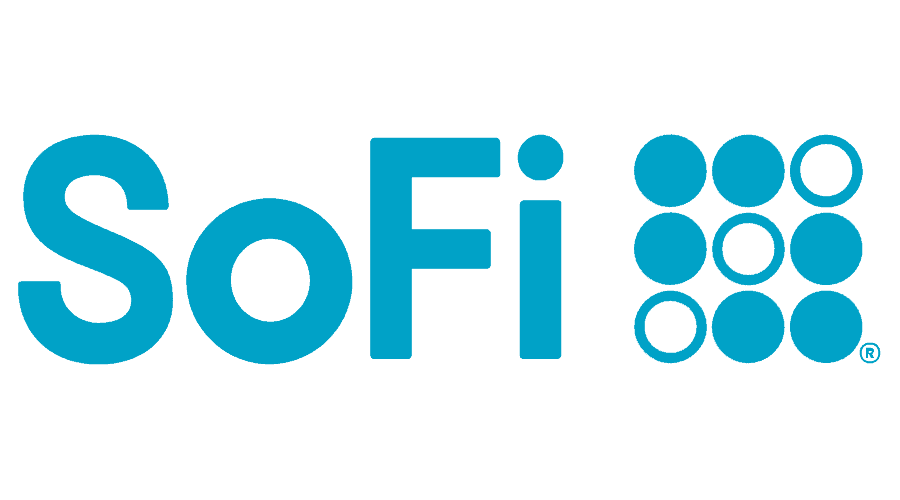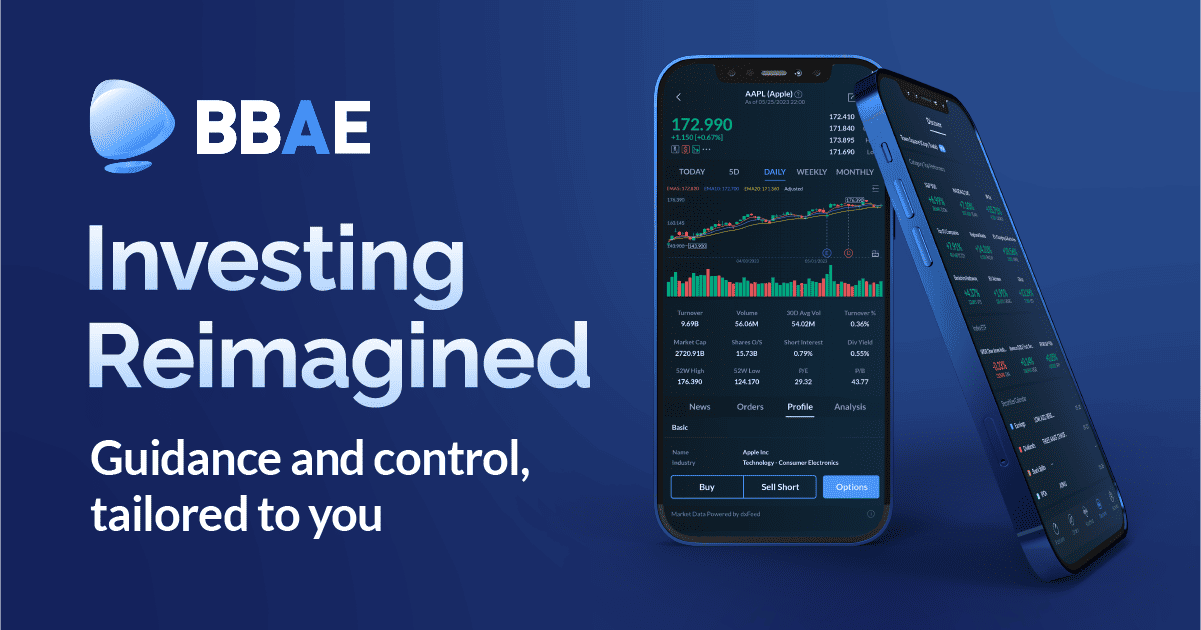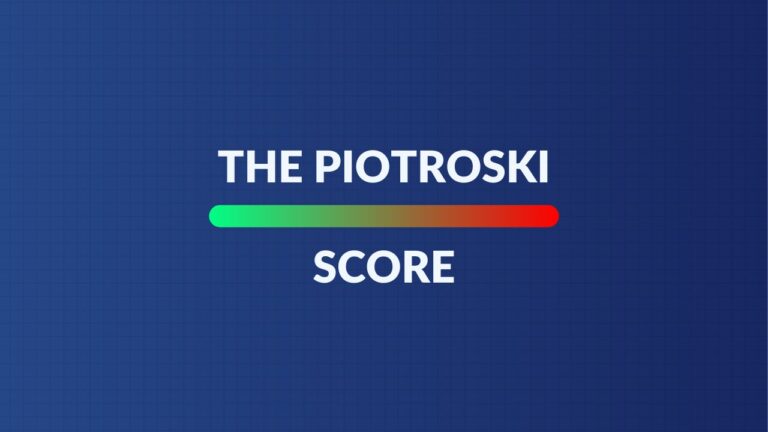SoFi (SOFI) & Robinhood (HOOD) – Credit Card & Bullish SoFi Analyst Notes – April 06, 2024

Credit Card Commentary
Please note that I own SoFi and do not own Robinhood. That’s important context as we work through this section.
SoFi raised its cash back rewards card from 2.0% to 2.2% this week, for all categories. Many assume the timing is no coincidence, with this move being a direct response to Robinhood’s 3.0% cash back card for paying Gold members.

That could be the case, but I don’t really care. SoFi and Robinhood don’t compete like Twitter pundits seem to think. SoFi’s customer is a young, ultra-prime credit professional who isn’t passionate about single stock investing. Robinhood’s customer is the young, passionate retail investor. Different customers.
The Robinhood card will likely do well, and its success will have zero material impact on SoFi’s success. While these two firms do compete, they only compete in two of the smallest products that SoFi offers – credit cards and investing. Neither of those products are large lead generators for SoFi. And Robinhood even uses SoFi’s tech stack to power its own checking business.
The concern for both of these cards is how profitable they’ll actually be. The cash-back credit card has been a large, yet shrinking margin drag for SoFi to date. SoFi is basically giving users its entire interchange fee cut while Robinhood is giving them more than that cut (it would have already had to share some of the 3% interchange fee with ecosystem partners). So how are they going to make money? Via the anticipated direct deposit halo effect that coincides with lower churn and higher engagement from these high-value offerings. That, and $7/month Robinhood Gold subscriptions, which the card requires.
Candidly, I think SoFi has a better chance of making that work than Robinhood; that opinion isn’t solely powered by the lower rewards vs. Hood’s. SoFi’s primary banking and lending cores (you need to directly deposit your paycheck weekly to get the 4.6%) make its deposit base stickier and less cyclical. Still cyclical, but less so than Robinhood’s absurdly cyclical retail brokerage niche.
The deposit halo effect will likely work well for Robinhood when times are fun. The added net interest income from these deposits should be able to cover the hefty rewards. The $7/per month for Robinhood Gold, which coincidentally just got a 40% price hike, will help too. But don’t be surprised if we see material cuts to these rewards or more Robinhood Gold price hikes when crypto isn’t rocking and retail volumes aren’t immensely strong.
This is a fragile game to play for both of them, but especially for Robinhood. Deposit churn amid potential tougher times in the future, paired with brand new credit risk, could turn sour. That will not happen now, but the next tough part of the cycle will be a real test. This is also a newer world for Robinhood than for SoFi, and credit card underwriting is not easy. Just ask Apple or Capital One or Discover… or yes… SoFi. SoFi doesn’t need to share fees from interchange take rates with as many 3rd parties as Robinhood does, thanks to its charter. Needham called that out explicitly in a SoFi note from this week. That also makes this more durably feasible for SoFi.
This seems like I’m picking on Robinhood, but I’m not. Their user interface is best in class by a large margin, and they’ve done very well with driving subtle brokerage innovation. I just see all of this excitement surrounding card rewards and think a bit of cold water should be poured on it. And regardless, congratulations to Hood shareholders on their excellent recent returns. My opinion here does not change the fact that you’ve made a lot of money. Take a bow.
In other SoFi news, Galileo offered post-purchase buy now, pay later financing options for its customers.
Bullish Notes
Needham initiated SoFi coverage this week with a buy rating and a $10 price target. The initiation covered the business model, which I discuss frequently. Rather than repeating that, I wanted to highlight what’s new in this note as well as how estimates compare to consensus and SoFi’s own guidance.
Needham values SoFi’s lending business at $8 per share based on a 2.5x tangible book value (TBV) multiple. It talked up the same cost of funding edges with the charter vs. disruptors that we always do. It talked up the same diminished reliance on volatile capital markets too. It sees net interest margin (NIM) contracting slightly for the next two years due to the student loan mix shift and expected rate cuts. It still sees net interest income growth being quite positive as its asset base grows to offset subtle NIM deterioration. It sees NIM bottoming over 5%, with it around 6% currently.
It also dove into SoFi’s fair value accounting practices. To that, I say thank you. It mentioned SoFi’s good standing with all regulators, clean audits from a Big 4 Firm, and skepticism that it would be possible for SoFi to use overly aggressive marks without expedient regulator objection. I agree. It also spoke on SoFi’s default rate assumptions in 2024 providing a nice credit buffer to leave room for more deterioration than it expects.
Needham values the other two segments (tech platform & financial services) at $2 per share combined and sees them as “crown jewels.” It sees the tech platform compounding at a 22%+ clip for the next two years via new clients ramping and new products like post-purchase BNPL. It’s encouraged by these two segments continuing to grow as a piece of the pie, considering the more asset-light nature of the offerings vs. lending.
Despite the optimism, Needham still sees revenue growing at a 16% compounded clip for the next two years. 16% is essentially in line with SoFi’s guide for this year, but not at a two year compounded clip. SoFi sees 22.5% revenue compounding for the next 3 years, which would require material acceleration in 2025 and 2026. Needham doesn’t seem to expect that at this stage, yet the analyst is still optimistic. SoFi management has consistently shown you that its targets are always realistic or overly conservative. Noto’s interview 90% of the way through calendar Q1 made it seem like SoFi was gearing up to do more of the same.
I will say that sell side earnings estimates have been materially falling for SoFi since February. Sell siders now see $0.04 in EPS for 2024 vs. $0.14 just two months ago. Revenue estimates have fallen by more than 6% since November 2023. EBITDA estimates are basically flat, which shows the EPS reduction is related to expected dilution from the convertible note offering this year. The team explicitly told you the offerings will be NEUTRAL for EPS, yet analysts don’t think they’re close to right. This will set up a pretty fascinating Q1 earnings report. If SoFi’s team is right, I truly think the stock will be handsomely rewarded. If not, it will likely continue to be punished. I remain optimistic. We shall see what happens later this month. It will be yet another highly important report for this company.











